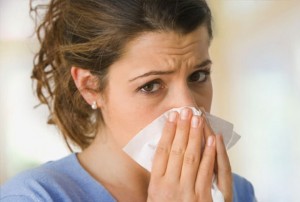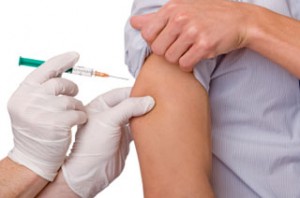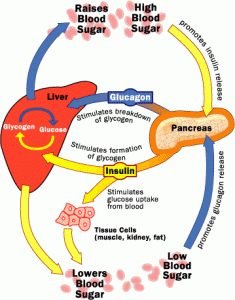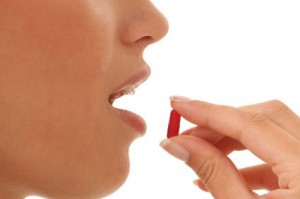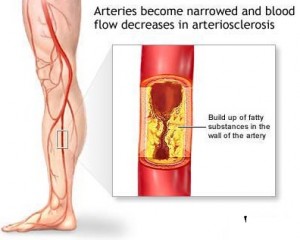Canadian Health and Care Mall: Living in Tune
LIVING IN TUNE: UNDOING THROUGH THE POWER OF MUSIC 
Just as dreams are legendary in their power to heal, so is music, which is the next and final part of the Undoing process. In the Old Testament and the I Ching, music was considered inspirational, sacred, and healing. The Greek philosopher Democritus wrote about the curative powers that emanate from the music of a simple flute. Indigenous cultures throughout the world have always used music to express the range of human emotion as well as mark rites and passages in a person’s life. Today, music still flourishes. The forms are endless: jazz, rock, rap, rhythm and blues, show tunes, folk, classical, liturgical, orchestral, operatic, and so on.
In The Mozart Effect, Don Campbell calls music the “common tongue’’ of the modern world and tells us it can replace costly medical treatments. This is not as far-fetched as it seems. Campbell’s own experience with healing a blood clot in his brain is part of some convincing proof he brings to bear. It’s nothing new to hear that “music hath charms that soothe….” It can also energize, excite, inflame, rejuvenate, and cleanse us; it inspires love, compassion, and faith. From Brahms’s “Lullaby’’ to the Rolling Stones’ “You Can’t Always Get What You Want,” music moves us in ways that words can never express. Talking about our disappointment, loneliness, or grief helps us vent, but it rarely gets us beyond our trouble, while the experience of listening to, playing, or creating music is genuinely therapeutic.
MUSIC TO BREATHE BY
Long before music was used as entertainment, it was used as a source of healing. Like your dreams and imagery, music embodies feelings and beliefs; moods, hopes, fears, and possibilities. When music speaks to you through a specific lyric or sound, it becomes part of you and infuses you with its power to illuminate and heal.
Create Your Own Top Twenty
Using music as a healing technique goes beyond just turning on the radio or slipping in your favorite CD and getting lost inside the sound pouring out of the speakers. When you listen to music as a reflection of where you are and what you are feeling in your life, it becomes an active, creative process. When you resonate with a particular piece, the next possibility is to tape it and to make it a part of your healing practice. To create your own top twenty, you may:
- Use pieces that you already know and love, that may already be a part of your music collection.
- Use music you find by listening to the radio or any other available source.
- Compose your own music and/or lyrics (or you may also compose lyrics for existing music).
- Listen to the tape you have made and make it a part of your life. Sing, dance, walk, run, cry, and laugh with it. Let it draw out your current feelings and open you up to new ones.
Canadian Health and Care Mall News Medicine official blog: http://canadianhealthcaremallnews.blogspot.com
THE ESSENTIALS OF UNDOING
It’s difficult enough to change your backhand in tennis, to start a new job, or just to negotiate a parallel parking space. Here you are being asked to Undo the way you think. Such a turn of mind is not for the faint of heart. When Marilyn, a thirty-three-year-old mother of twin girls, reached this point in the program, she likened it to giving birth — specifically to that moment during labor when she decided it was time to go home. “This was more than I had bargained for,” she said. “It was too much pain, too scary. I wanted to stop. Then maybe I would come back and try again when I felt rested and more in the mood. Getting to this place in the work felt the same,” she said. “It was like giving birth all over again — not to a baby, but to a new way of living life. And I had no idea of how it would turn out or if I could really do it.”
The stress Marilyn felt and that you may be feeling now is not the stress that we associate with exhaustion, helplessness, hopelessness, depressed immunity, and disease. It is, in fact, something known as “eustress” or good stress — stress that’s beneficial, that strengthens your immune system and physiology. By choosing not to retreat and to go on to Now Act, you get the chance to put into action much of what you have already learned. We shape and heal ourselves — our minds, our souls, our spirit — by taking action in the everyday world. Mere contemplation won’t do it for us. Through suggestions, exercises, and examples, chapter 8 provides the tools and opportunity to make that leap and to create a transformation in your health and in all areas of your life.
The Essentials of Undoing
- Play with opposites. Reverse what you ordinarily think and do. Even if it feels uncomfortable, think, say, and do the opposite. If you habitually defer, take over; if you usually fault yourself, give yourself credit; if you are quiet as a mouse, roar like a lion.
- Turn toward your difficulty. Undo your impulse to label events, feelings, symptoms, and so forth as “bad.” See what comes up for you as a challenge or opportunity instead of as a problem, and embrace it.
- Value the shocks. Stop complaining about them. They can actually make you stronger and help you to grow.
- Heal the past through the processes of imagery, writing, and dream work. Releasing grief, sadness, resentment, and anger makes room for joy. It’s good mind medicine for the lungs.
- Live in tune. Use the power of music to attune yourself to life, to generate joy, and to support your body’s natural healing power.



